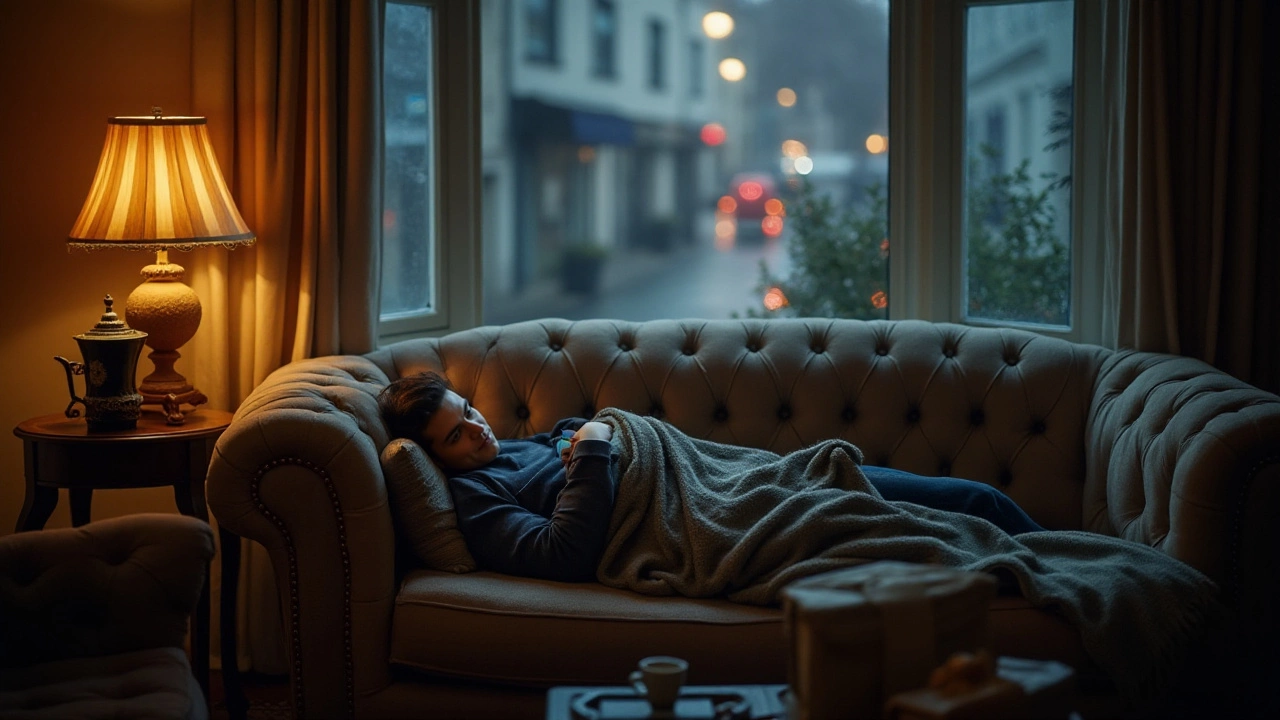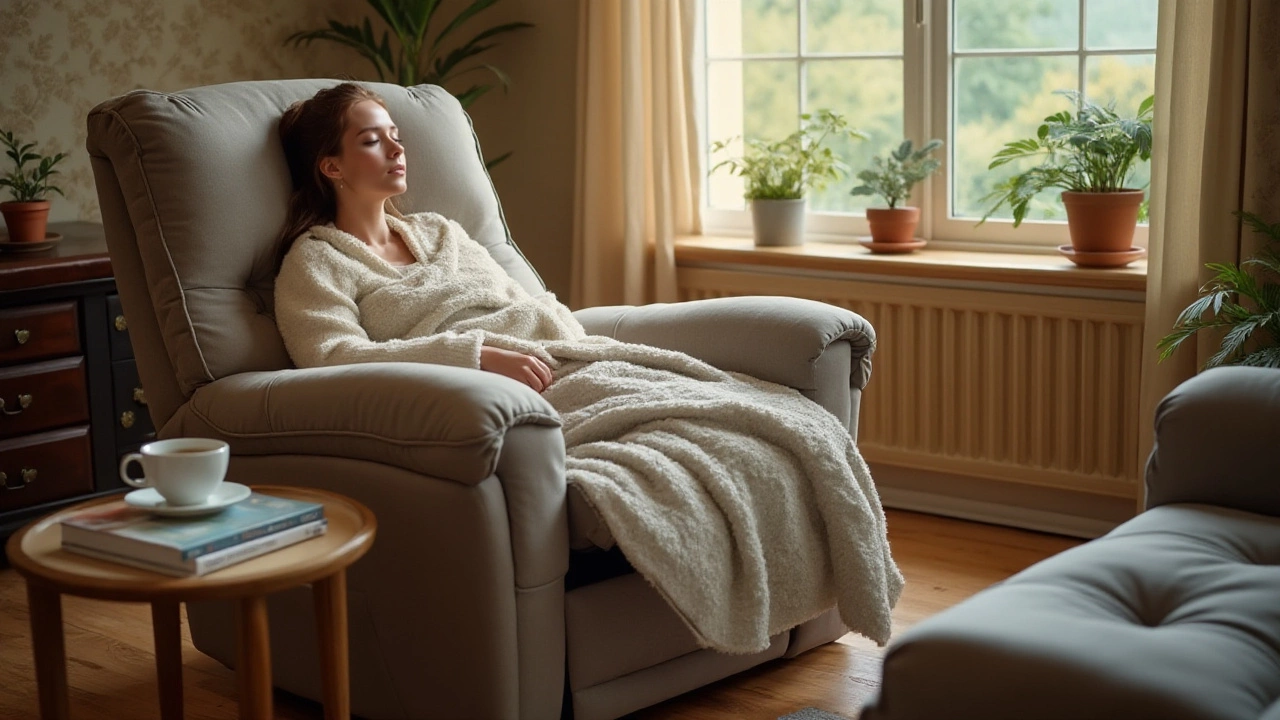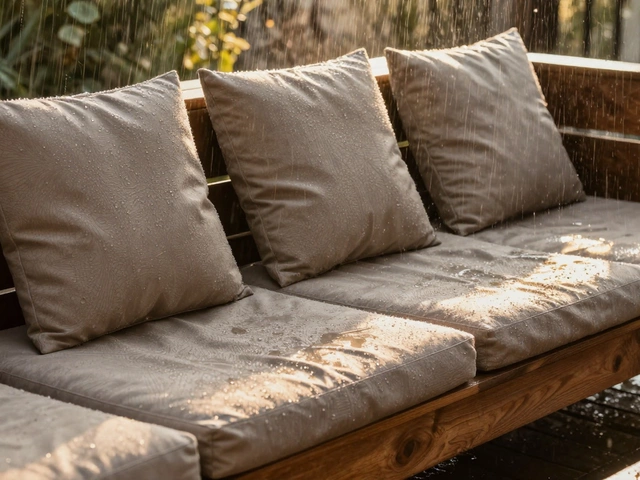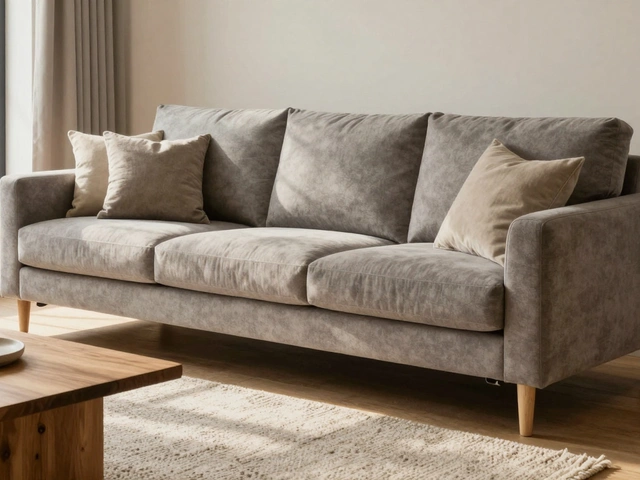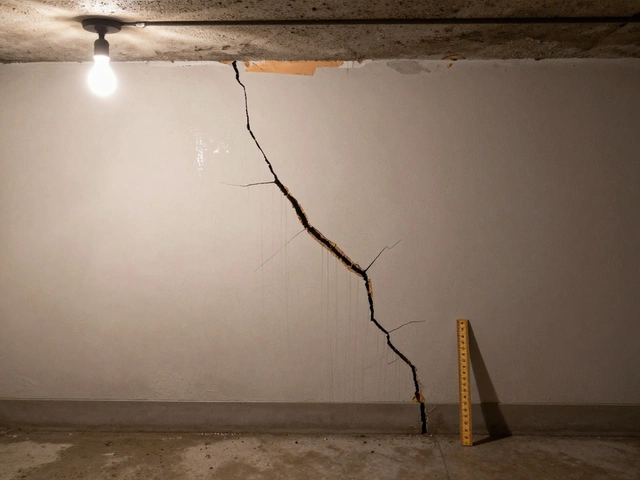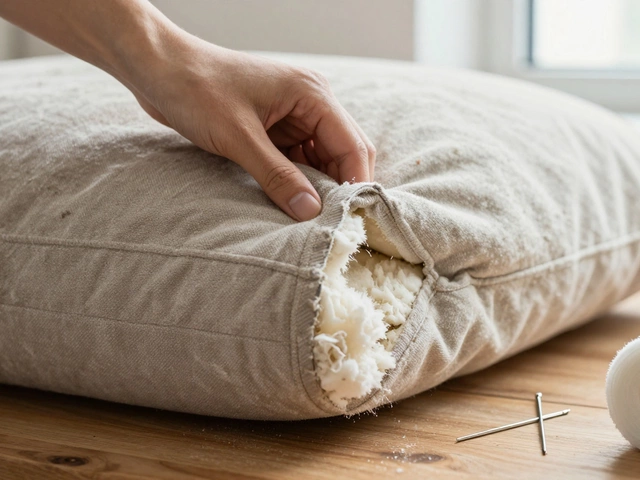Sleep Health: Simple Home Tips to Improve Rest and Wellness
When talking about Sleep Health, the overall quality of your nightly rest and how it impacts daily performance, most people think only of the bed. In reality, the room’s layout, lighting, and even the sofas you lounge on play a part. Think of it as a team effort – the mattress, the light bulbs, the recliner, and the air quality all have jobs to do. A well‑balanced approach can turn a restless night into a truly restorative sleep.
Key Factors That Shape Sleep Health
First up is Mattress Support, the ability of a mattress to keep the spine aligned while you lie down. A mattress that’s too soft pushes the hips forward, while one that’s too firm lifts the lower back. Both scenarios strain the spine and trigger morning aches. The rule of thumb: choose a medium‑firm feel that follows natural curves without sinking too deep. Pair that with a pillow that matches your sleeping position, and you’ve got a solid foundation for better rest.
Next, consider Bedroom Lighting, the quality and color temperature of light sources used in the sleeping area. Bright, blue‑rich lights suppress melatonin, the hormone that tells your body it’s time to sleep. Switching to warm, full‑spectrum LEDs that mimic sunrise and sunset cues can ease the transition to sleep. Aim for a dimmable bedside lamp set around 2,700 K in the evening, and a brighter, cooler light for any late‑night reading.
Ergonomic furniture also matters. Recliner Ergonomics, design features that support comfortable reclining without straining the back become crucial if you nap on a couch or unwind before bedtime. Look for a recliner with adjustable headrests, lumbar support, and a gentle rocking motion. These features help relax muscle tension, making it easier to slip into sleep when you finally hit the mattress.
Finally, don’t overlook Furniture Mites, tiny dust‑loving creatures that thrive in fabrics and can irritate airways. Mites proliferate in humid environments and on upholstered pieces that aren’t cleaned regularly. Using a vacuum with a HEPA filter, washing pillowcases in hot water, and keeping indoor humidity below 50 % can dramatically cut their numbers. Fewer mites mean clearer breathing, which directly supports deeper, uninterrupted sleep.
All these pieces—sleep health, mattress support, bedroom lighting, recliner ergonomics, and mite control—work together like a well‑orchestrated band. Below you’ll find articles that break each element down, give you step‑by‑step how‑tos, and show real‑world examples you can try this weekend. Dive in and start building a bedroom that truly backs up your quest for better rest.
Why Sleeping on the Couch Can Be Bad for Your Health
Many people find themselves nodding off on the couch, but few realize the potential downsides. From sleep quality to back problems, spending the night on a sofa may not be doing your health any favors. This article explores why your comfy couch might be deceiving you and offers practical tips for better sleep practices. It also highlights how sofa beds can provide a more suitable alternative for occasional sleeping.
full articleThe Comfort and Health of Sleeping in a Recliner Every Night
Sleeping in a recliner can be a comfortable alternative to a bed, especially for those with specific health needs or preferences. This article explores the benefits and potential drawbacks of sleeping in recliners nightly, offering tips for selecting the best model and positioning for optimal rest. Discover how recliners can alleviate certain medical conditions and what to consider ensuring your sleep quality remains high.
full article